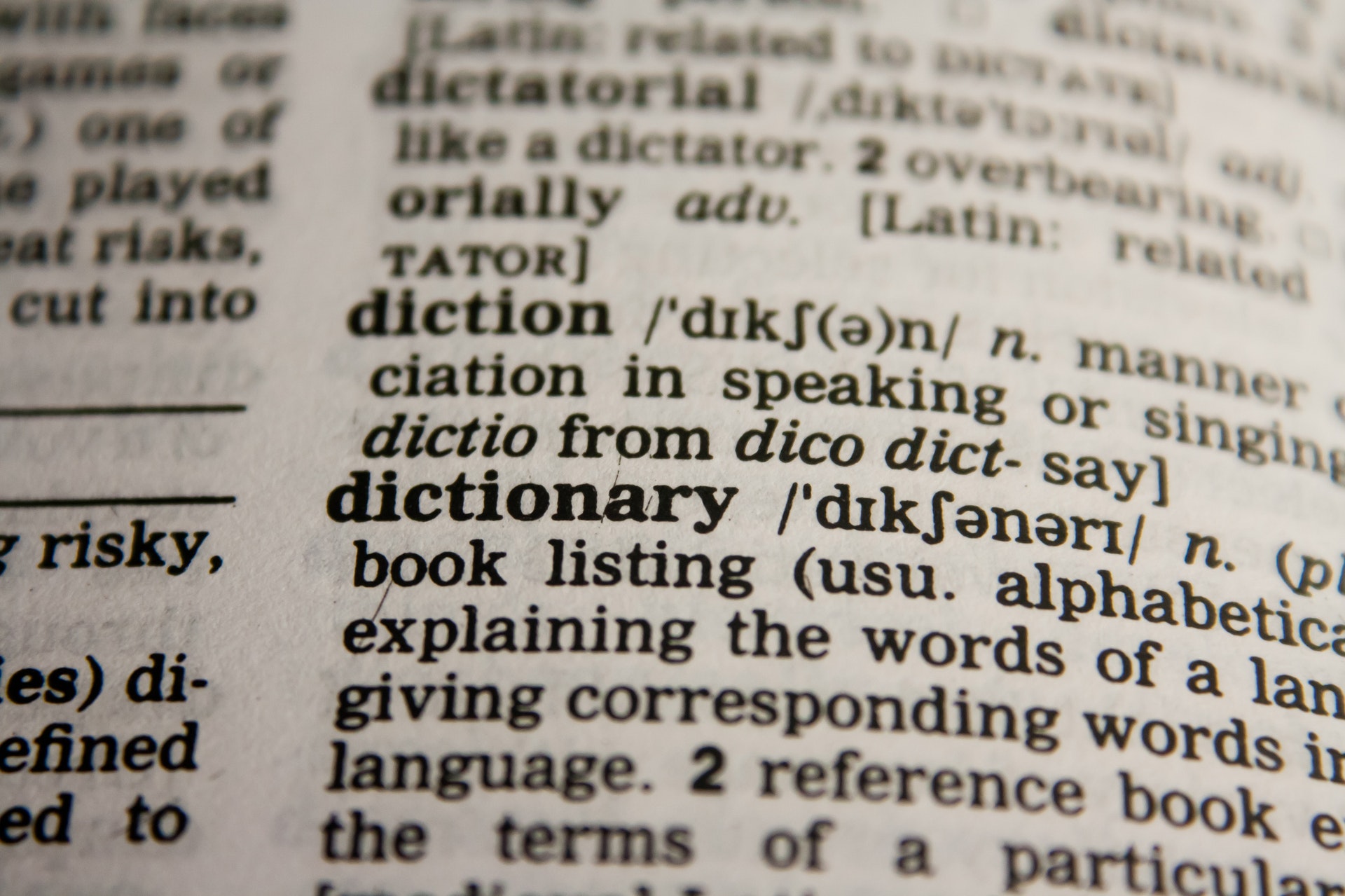Terms and definitions in accordance with the EN ISO 4126-1
1) Safety valve
Valve which automatically, without the assistance of any energy other than that of the fluid concerned, discharges a quantity of the fluid so as to prevent a predetermined safe pressure being exceeded, and which is designed to re-close and prevent further flow of fluid after normal pressure conditions of service have been restored.
2) Set pressure
Predetermined pressure at which a safety valve under operating conditions commences to open.
Determination of the set pressure: the beginning of the opening of the safety valve (the moment when the fluid begins to escape
from the safety valve, due to the displacement of the disc from the contact with the sealing surface of the seat) can be determined in various ways (overflow, pop, bubbles), those adopted by BESA are as follows:
- setting by gas (air, nitrogen, helium): the beginning of the opening of a safety valve is determined
- by listening to the first audible blow caused
- by the overflow of the test fluid coming out of the valve seat;
- setting by liquid (water): the beginning of the opening of a safety valve is determined by visually detecting the first stable flow of liquid that comes out of the valve seat.
The pressure shall be measured using a pressure gauge of accuracy class 0.6 and a full scale of 1.25 to 2 times the pressure to be measured.
3) Maximum allowable pressure, PS
Maximum pressure for which the equipment is designed as specified by the manufacturer.
4) Overpressure
Pressure increase over the set pressure, at which the safety valve attains the lift specified by the manufacturer, usually expressed as a percentage of the set pressure.
5) Reseating pressure
Value of the inlet static pressure at which the disc re-establishes contact with the seat or at which the lift becomes zero.
6) Cold differential test pressure
Inlet static pressure at which a safety valve is set to commence to open on the bench.
7) Relieving pressure
Pressure used for the sizing of a safety valve which is greater than or equal to the set pressure plus overpressure.
8) Built-up back pressure
Pressure existing at the outlet of a safety valve caused by flow through the valve and the discharge system.
9) Superimposed back pressure
Pressure existing at the outlet of a safety valve at the time when the device is required to operate.
10) Lift
Actual travel of the valve disc away from the closed position.
11) Flow area
Minimum cross-sectional flow area (but not the curtain area) between inlet and seat which is used to calculate the theoretical flow capacity, with no deduction for any obstruction.
12) Certified (discharge) capacity
Than portion of the measured capacity permitted to be used as a basic for the application of a safety valve.




